When it comes to choosing your travel backpack (or rucksack) it can be difficult and time-consuming, but this is as it should be. Your new backpack should become your new best friend on your trip, constantly at your side, helping you ferry your belongings from place to place.
There’s a lot to think about when you choose your backpack: there are different shapes; sizes; fits and features. Different backpacks have different purposes.
Things To Think About When Buying A Backpack For Travel
The first thing to think about when deciding on a travel backpack is how long your trip is going to be, this is a good starting point for the size of the bag. It’s important to shop around and try a few on. I’d recommend going to a specialist store and ask for assistance, especially if this is the first backpacking bag you are looking for. The staff generally have training and so can help you choose the right bag for your size, shape and trip.
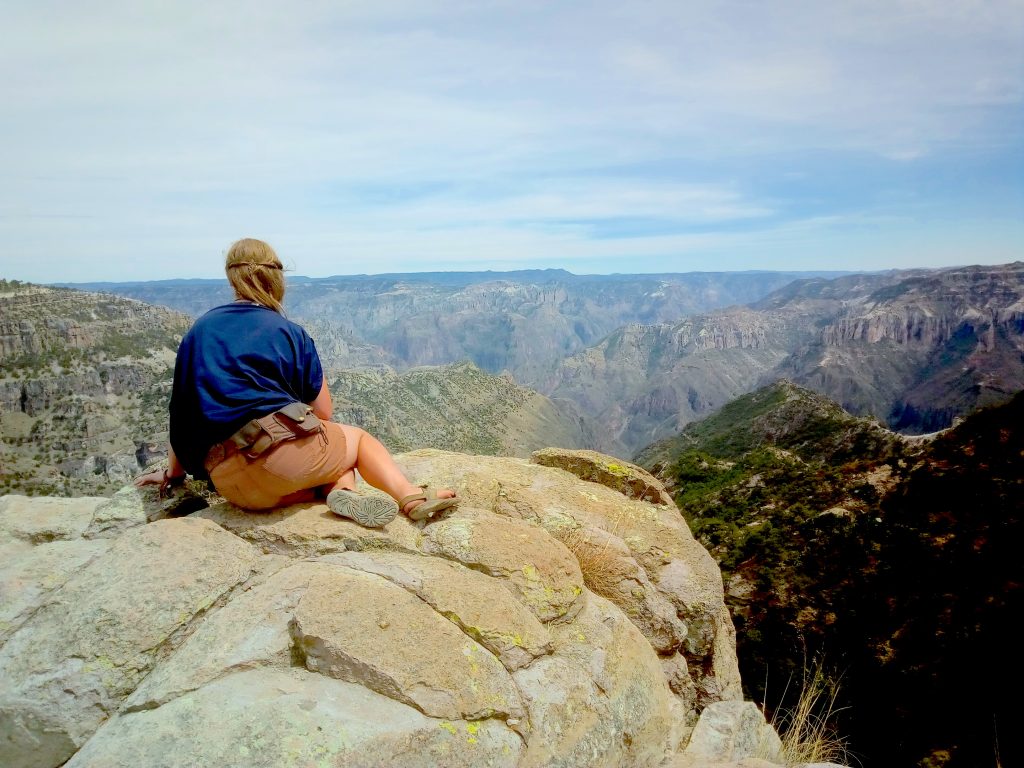

Before Going Travelling There’s A Lot To Plan, Such As Getting A Backpack
Don’t let the staff bully you into buying though, if something doesn’t feel right, leave. It’s important to get the right backpack for you, or you will regret it. So if the staff seem to be too pushy and not listening, try somewhere else.
The reason I recommend going into a store is so you can try the backpack on. That way you can get a proper feel for the bag. When trying it on, ask yourself: is the backpack comfortable on? Can you move easily? Does it feel heavy? You may need to spend a bit of money for a decent backpack. Generally, you do get what you pay for, so be prepared and know your budget.
However, some of the higher-end rucksacks can be a little overpriced and have features that you’ll never need. But you definitely shouldn’t just go for the cheapest you find. Try on a few within your budget, but be prepared to change your budget if nothing feels right.
How To Choose Your Backpack – The Basics
As I’ve mentioned, the best place to start when choosing your travel backpack is to think about the length of your trip. This can help to determine what size of backpack you need. But also think about if you want to travel carry-on only. It is possible to travel longterm with a smaller backpack, I did six months in Mexico with a carry-on.
Have a read of my Mexico Trip Preparations
Also, look at the material; is it water-resistant? Is it lightweight? Furthermore, take into account the features of the rucksack; extra pockets and compartments are good, as well as a rain cover. Have a look at the design, I’d recommend an internal frame with lots of adjustability.
Next, it’s time to have a try. Choose your travel backpack, try it on and adjust (you may need a shop assistant to help here). The right fit depends on your back length and build, not your height. Most backpacks have adjustable back straps, as well as shoulder, hip and chest straps.
Once it feels comfortable ask if you can put some weight in the bag. About 15 kg is a good amount, when I was choosing my backpack for my year out, the assistant put two tents in it, to see if it is still comfortable. If it fits well, feels comfortable with weight in it, you can move with the weight, it’s within your budget and you like it – Yay! You’ve found your travel backpack.
What To Look For In A Travel Backpack
As I’ve mentioned, there are lots of things to be considered when choosing a backpack for travelling. So here’s a bit more detail to help to guide you with your decision.
Backpack Sizes
There are a number of different backpack sizes to choose from, so it’s important that you get one that is fit for purpose. If you choose your backpack and it turns out to be too big, you run the risk of overpacking and making it too heavy. on the other hand, choosing a bag that’s too small means you won’t be able to take all that you need.
The capacity of backpacks is generally measured in litres, and this normally includes the pockets. I don’t know about you, but I have no idea how much I can fit in, say 30 litres. So it’s best to look at the physical size and compare.
Mini And Small – 6 to 10 litres
These backpacks are small and versatile. They can be used for a shopping trip or a day out. Their small size also makes them perfect for children or runners and cyclist. These are not designed for long trips or for carrying much weight, however as an extra bag for hand luggage on a large trip, the size isn’t a bad choice.
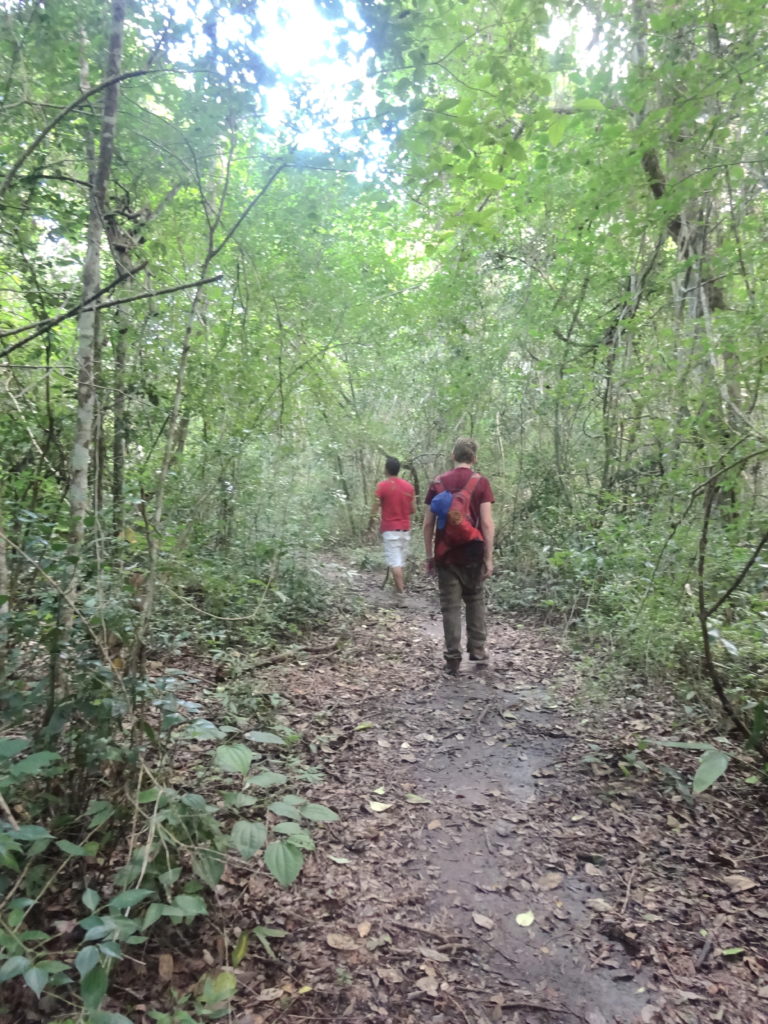

A 10l Backpack Is Great For Day Trips
I have a 10 litre for one or two nights away. It also comes in handy for days out, as it easily fits in a water bottle, snacks and a waterproof.
When on a day out, I often take my Hydro Flask with me, check out my Review to find out why I love this water bottle.
Daypacks – 10 to 30 litres
These backpacks, as you can probably guess from the name, are perfect for one day’s worth of gear. They are perfect for day walks/hikes, as well as being good for commuting. Many are also hydration compatible. The larger end of this size can be used for short trips, but not if you need sleeping bags or a lot of camping gear.
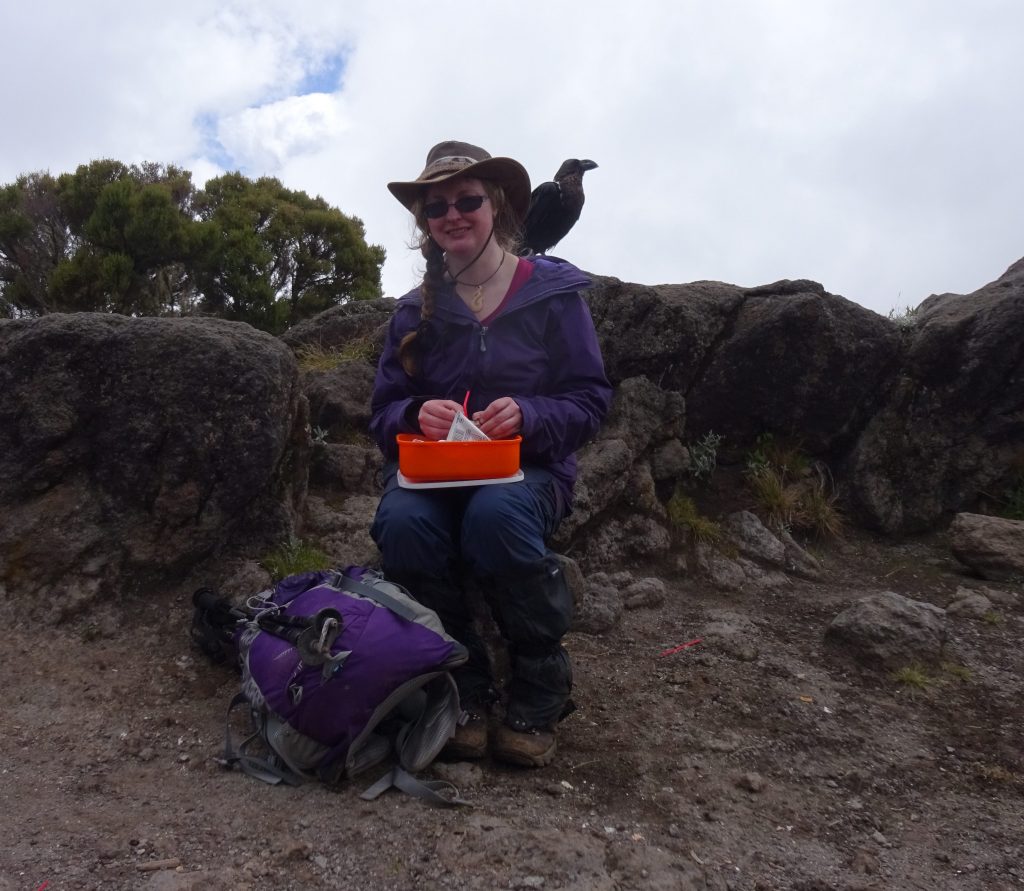

With My 26l Daypack On Kilimanjaro – Perfect For A Day Of Hiking
Medium Backpacks – 35 to 50 litres
This size of backpack is designed for heavier loads and longer trips. They usually have more features than the daypack, like more padding and pockets. This size is great for a trip of several days and can be used for a few days of camping, fitting in a tent and sleeping bag as long as you pack light.
Some of these still count as carry-on luggage. And if you’re clever about it, you can travel for a long time with just a carry-on sized backpack. I travelled for six months in Mexico (and a few weeks in the USA tagged on the end) with the Osprey Fairview 40. I love this backpack, it’s perfect for long trips but is also able to compress well for shorter trips.
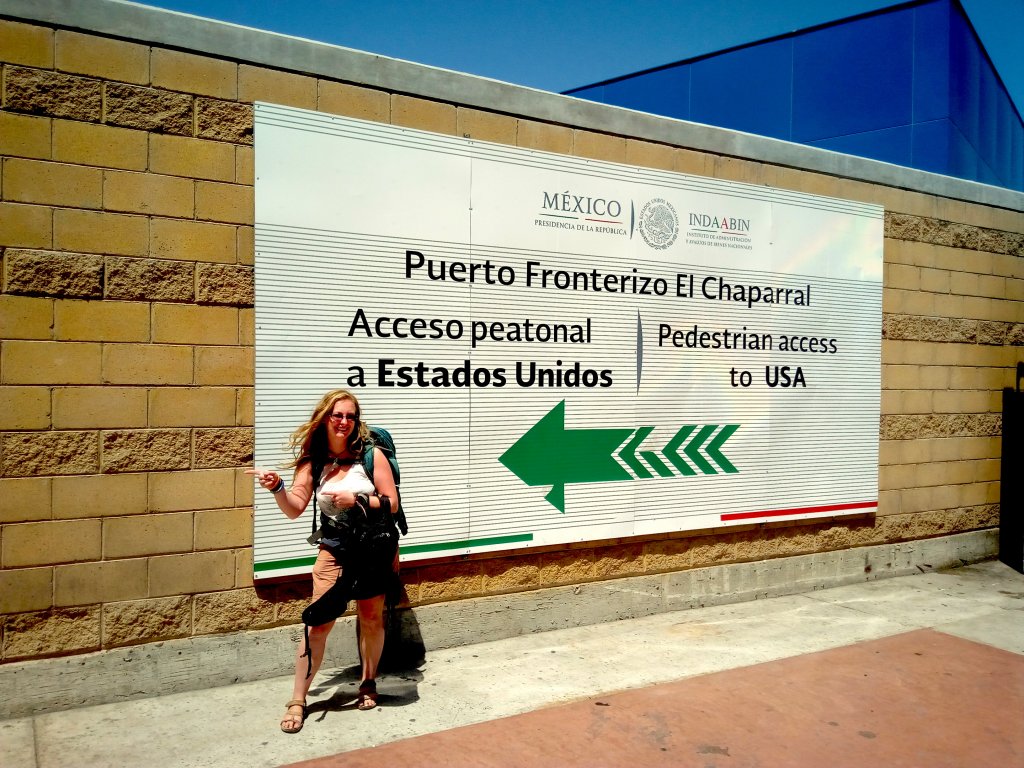

Travelling With My 40l And 10l Backpacks
Large Backpacks – 65 litres plus
Now for the big ones. This size of backpack is for extended hikes (and camping) and long trips. They generally have plenty of pockets and compartments for your gear.
I took a 75l Karrimor rucksack on my first year out. I thought it was all that I needed at the time, with plenty of space. But since then I have learnt that less is more. I definitely overpacked for that trip. Don’t get me wrong, that backpack has a special place in my heart, but I now see it as far too big for travel.
The Design Of The Backpack
By the design of the backpack, I mean things like the material and straps. Generally, the bigger backpacks have more straps for comfort and the amount of padding is also an important feature. The design can be male, female or unisex, but don’t take that as law, make sure the design fits you and is comfortable.
Travel Backpack Material
The material of your chosen travel backpack should be thick and lightweight. It should also be water-resistant (if not completely waterproof) as it’ll probably happen at least once that when you have to walk from the train station to the hostel it’ll start lashing it down. You want the backpack to keep your gear dry if you have to walk through some drizzle.
It’s also important that it is a fast-drying material, or it’ll get musty. As a guide, you should be able to pour a cup of water over the bag without the insides getting wet (though I wouldn’t recommend asking to do this in the shop…)
Top Loading Or Front Loading
An important thing to think about when choosing your backpack is the way that it loads. This simply means how you pack the backpack.
A top-loader has an opening at the top of the bag and you pile everything in. This can make it difficult if you want something that’s at the bottom of the pack. My day pack is a top loader, so I always have to be careful to ensure my waterproofs are at the top, just in case. You definitely have to think carefully about how to pack a top-loader.
On the other hand, a front loader opens at the front of the backpack, usually with a zip. It’s more suitcase-like. My Osprey 40l is this type. Personally I found this much easier to organise my belongings in Mexico, and easier to find what I wanted at any time without having to pull everything out of the backpack.
Internal Frame
Most backpacks now have an internal frame, which is great! Having the rods and frame all hidden away make the backpack looks better for starters. No one wants a big, clunky metal frame on the outside of their backpack. Having an internal frame also makes the backpack slimmer, so you can move more easily, plus there are no rods sticking out to get caught on anything. The internal frame also helps to distribute the weight of the backpack so that it is supported on your hips, which will help your walking posture.
Back And Chest Strap
The chest strap helps to distribute the weight of the travel backpack and ensures that it is secure. Adjustability is vital to make sure that the backpack fits correctly and with many larger backpacks, the height of these straps can be adjusted to the length of your back. Another important feature for larger backpacks is if the straps are padded – important when you’re carrying heavy loads.
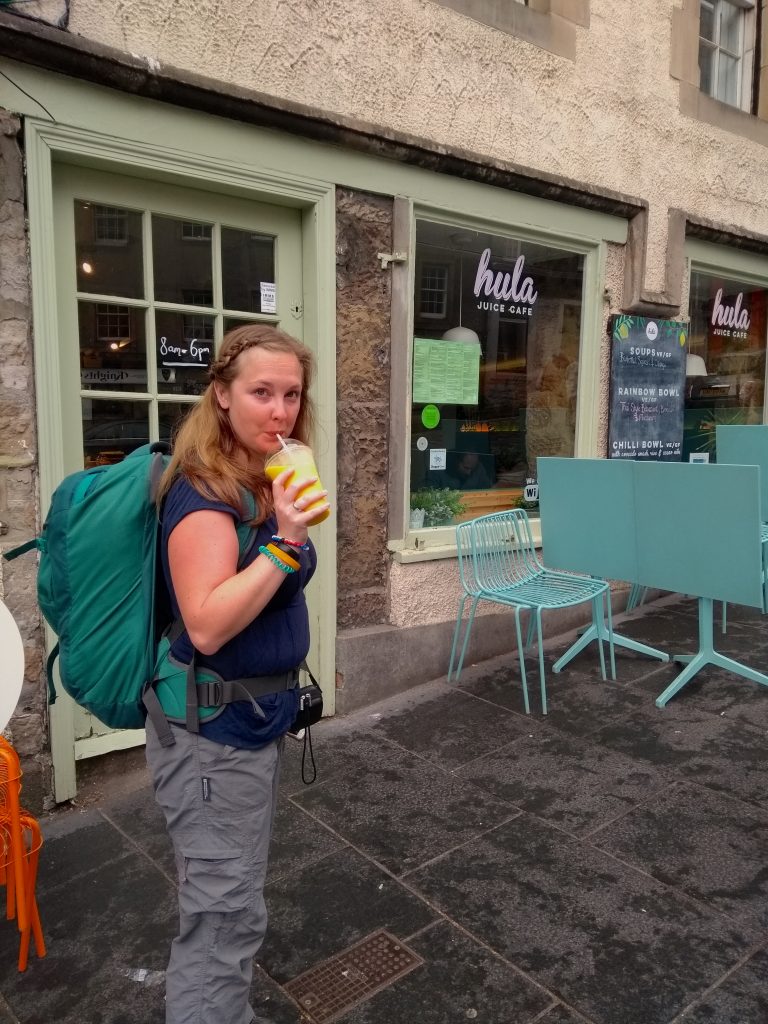

Various Straps Help Your Travel Backpack To Sit Comfortably
Shoulder Straps
Once again, these straps should be adjustable, for the correct fit, and padded, for comfort. Ensure the padding in the shoulder straps are thick and made of one piece of material. This makes it less likely that the padding will split and thin out. The padding in the shoulder straps helps to take the pressure off your shoulders and lower back. This makes travelling with your backpack for long periods much easier.
Hip Belt
You’ve guessed it, look for an adjustable and padded hip belt on larger backpacks. The hip belt helps to distribute the load and secure the backpack around your hips. 70% of your load should be on your hips to reduce the strain on your back (and so less future back problems).
Contoured Backpack
A contoured backpack is generally more comfortable to carry as it allows for the natural arch of your back. This also creates a small space between your back and the bag, allowing cooling air movement, which is great when you’re lugging a large bag around.
Extra Features
Many larger backpacks have several extra features in their design. These features are normally made with travelling in mind. When you come to choose your backpack for travelling look at the features and decide what you require for your trip, or what would make your life easier.
Compartments and Pockets
Pockets and compartments are great to help organise your backpack when travelling. This makes it easier for you to access your gear. Some larger backpacks have a separate bottom compartment that can be accessed externally by a zip and internally by a drawstring (my largest backpack has this feature and I found it useful for separating my ‘nice going out’ clothes from my general day-to-day wear).
Internal pockets are great for security – you can hide your valuables here. External compartments, such as mesh pockets are ideal for water bottles. Some bags also have handy pockets on the hip belt or top, which is great for frequently used items, such as phones, purses and wallets.
Compression Straps
These straps can be found on the top, sides or down the front of your backpack. The purpose of these straps is to tighten around the backpack. This reduces the volume of the backpack which also helps to minimise any movement of your gear.
Strap Cover
Some backpacks have a cover that can be zipped up over the straps when not in use. This is really helpful if you have to put your bag in the hold on flights. They don’t like your bag to have straps hanging everywhere, which may get caught on something on the way to the plane. I found this out the hard way, my Karrimor backpack doesn’t have this feature, but th’other half had a backpack that did have this feature. So whilst he could just zip up and check his bag in, I had to spend a few minutes securing all my straps.
Now I have a backpack that does have a strap cover. Just another reason I love my Osprey.
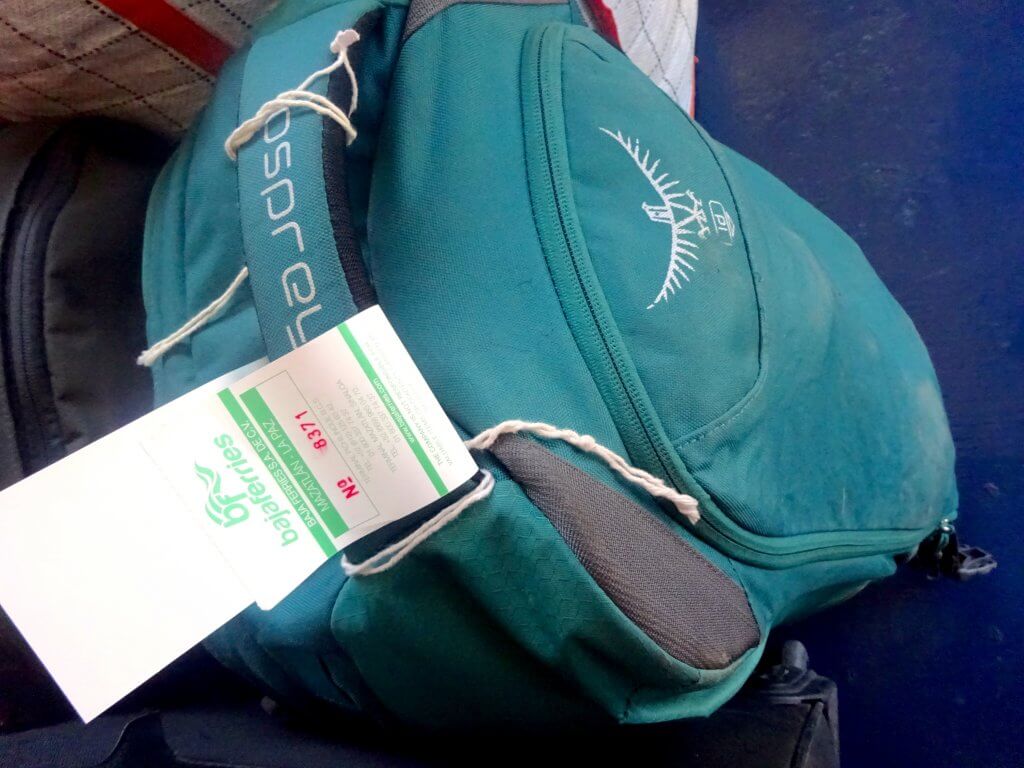

My Osprey Backpack With The Straps Covered
Reflective Piping
You might get in late and have to walk to your hostel. Reflective piping is a handy feature to have ‘just in case’. This is mainly just a nice feature to have, but not a deal-breaker. Though it’s much more important if you plan any night hikes.
Clips And Hooks
External clips and hooks are ideal for attaching gear that you often need. This is especially important for hiking, as you may need the walking pole loops. But if you’re just choosing a travel backpack and not thinking about hiking, this isn’t as important.
Rain Cover
Although the overall material of your travel backpack should be water-resistant, a waterproof cover is a handy feature to have. This is useful if you get caught out in heavy rain, or a long time in the rain. Many backpacks have a rain cover that can be tucked away into a handy pocket.
Keep in mind that rain covers can also be bought separately if your backpack doesn’t have one. So don’t stress too much about this.
Lockable Zips
Two zips on each compartment make them lockable. It may not be possible on all compartments, but as long as there’s a couple for valuables, I’d be happy. This is important when travelling as you may not always be able to have an eye on your gear.
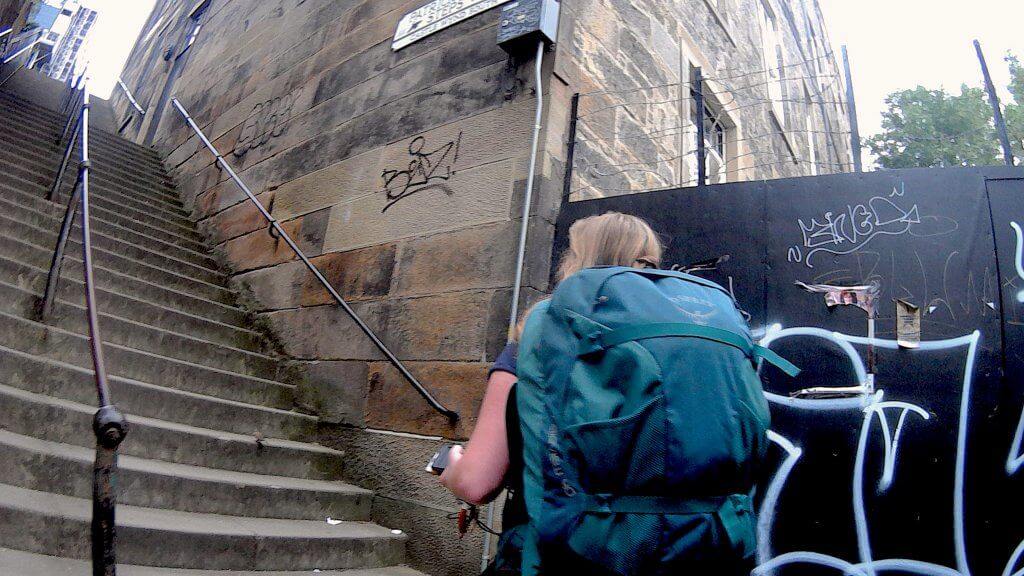

It’s Important That Your Backpack Is Comfortable When Full
There’s a lot to think about when you need to choose your travel backpack, but don’t let that put you off. At the end of the day, it’s unlikely that you’ll get all the features in one bag, even if you pay a fortune. For me, the most important features are:
- Internal Frame;
- Waterproofing;
- Multiple pockets and compartments.
Some Final Thoughts For Choosing A Travel Backpack
As I’ve already stated, when you go to choose your backpack, don’t be afraid to ask for help, that’s what the assistants are for. Make sure you go to a specialist store but don’t be pressured into buying one, especially if it doesn’t feel right or it’s way above your budget. Try on plenty of styles of backpack until you find the right one.
It can sometimes be worth finding that perfect bag in a store, but then check out prices online – you may get it cheaper. And trying it on in-store means you know it fits.
When you choose your backpack the most important feature is the fit. It’s you that’ll have to lug all that weight around. Try with some weight in the backpack once it’s on and secure to be certain that you are happy with the feel of the backpack.
Another good feature (if you can) is to have a bright colour – easy to find when you get off the plane (if you check luggage in). Or you can just decorate it yourself to make it stand out.
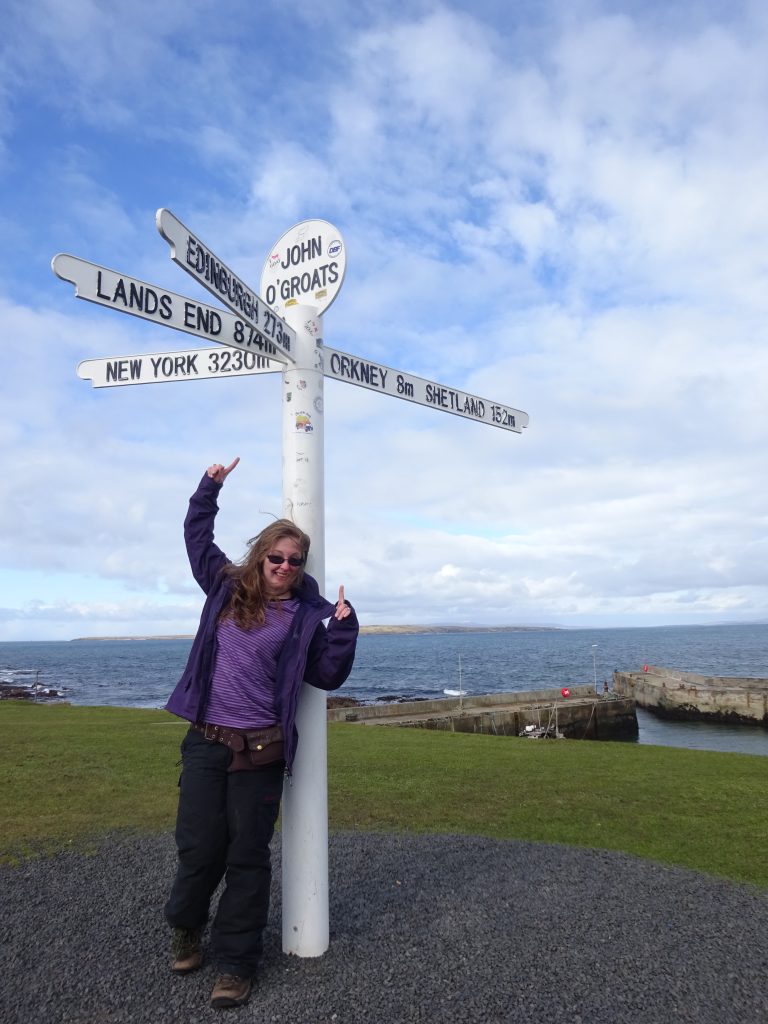

Enjoy Your Travels!
In case you haven’t guessed, I’m a big fan of Osprey Backpacks (mainly due to the Osprey Fairview 40). Check out the Osprey range here.
Just remember, it’s vital that you find the right backpack for your travels. So don’t rush and don’t be pressured. Take your time and think about everything that you want in a rucksack. Once you’ve found the right bag you can enjoy many travels together.
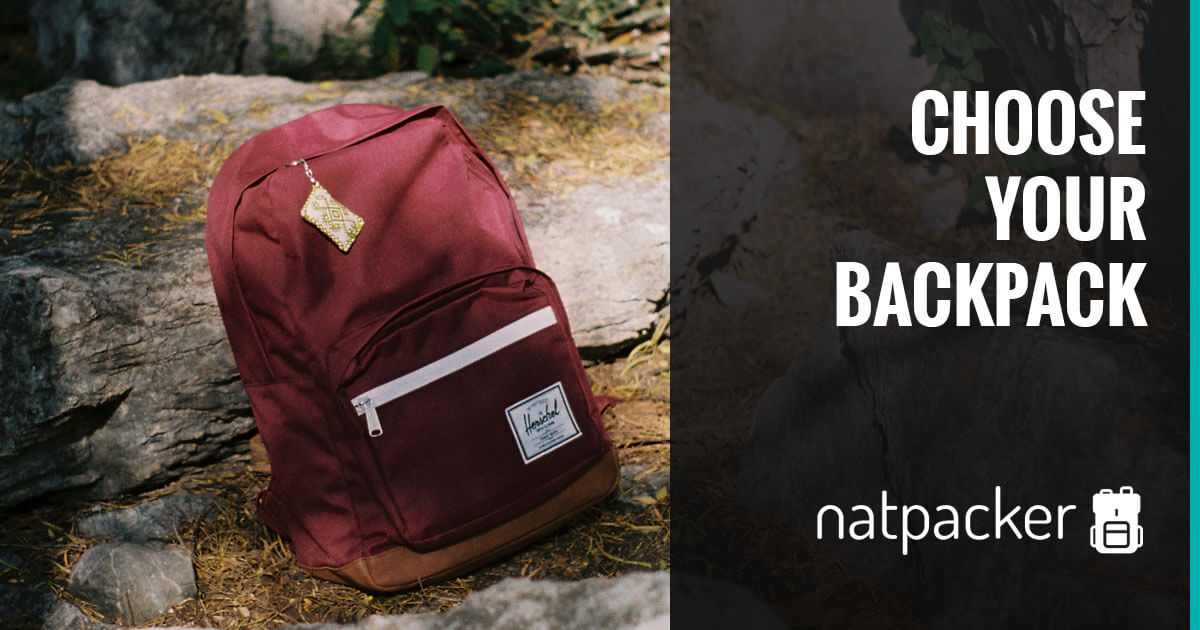

15 Comments
Great article. I normally go for just one-day hikes, so I am a fan of the 20-30 litres backpacks, as they are enough to fit everything you need but do not end up too heavy. Great and super detailed article. Thank you for sharing.
Glad you found it useful! If I’m doing one-day hikes a 20-30l is a great choice!
really good tips here! I sm so in the market for a new backpack, mine is looking very worn out after years of travel. Xx
Thanks Pip! That’s a shame that yours is worn out. I get far too attached to my backpacks.
I literally have so many backpacks it’s a nightmare choosing which one to take with me – great tips!
Hahaha! I know the feeling with that! Though I do now have my favourite for general travel.
I love all the details that you go into with this article. There are so many factors like weather and fabric when choosing the right backpack. At some point I would like to walk the Camino de Santiago in Spain and will look at these tips when choosing my backpack.
Camino de Santiago is on my list too! You definitely need a good backpack for that one 🙂
Great article. I normally go for just one-day hikes, so I am a fan of the 20-30 liters backpacks, as they are enough to fit everything you need but do not end up too heavy. Great and super detailed article. Thank you for sharing. really good tips here! I am so in the market for a new backpack, mine is looking very worn out after years of travel.
Glad you found the post useful 🙂
20-30l backpacks are perfect for a day hike, aren’t they? Hope you find the perfect new backpack!
I liked your post really very informative guide and a good article. There are so many factors like weather and fabric when choosing the right backpack. At some point, I would like to walk the Camino de Santiago in Spain and will look at these tips when choosing my backpack.
Glad you found the post useful, there’s so much to think about when choosing a backpack. Enjoy the Camino de Santiago!
Thanks for the reply keep it up.
Hi, I have a question about packing electronics. I was thinking that I wouldn’t want to be flaunting around an iPhone due to the risk of it getting snatched or suggesting I have lots of expensive things on me. When I was in Tanzania I was told not to have an iPhone out, but I’m not sure how the levels of petty theft in SE Asia compare. Did you ever find yourself concerned about having a nice phone/camera out? I was thinking I might bring my iPhone but just use it with wifi at the hostel, bring a compact camera, and buy a cheap phone and sim in-country; however, this requires me to purchase a camera while I’m perfectly happy with the quality of iPhone photos. What would you suggest?
Hi, in all honesty, I don take expensive phones or cameras anywhere, I simply don’t buy them! As long as you take the precautions you would in a city, like keeping your phone close to you, not flashing it around everywhere etc. you should be ok. But if you’re likely to worry about it, buy a cheaper phone.